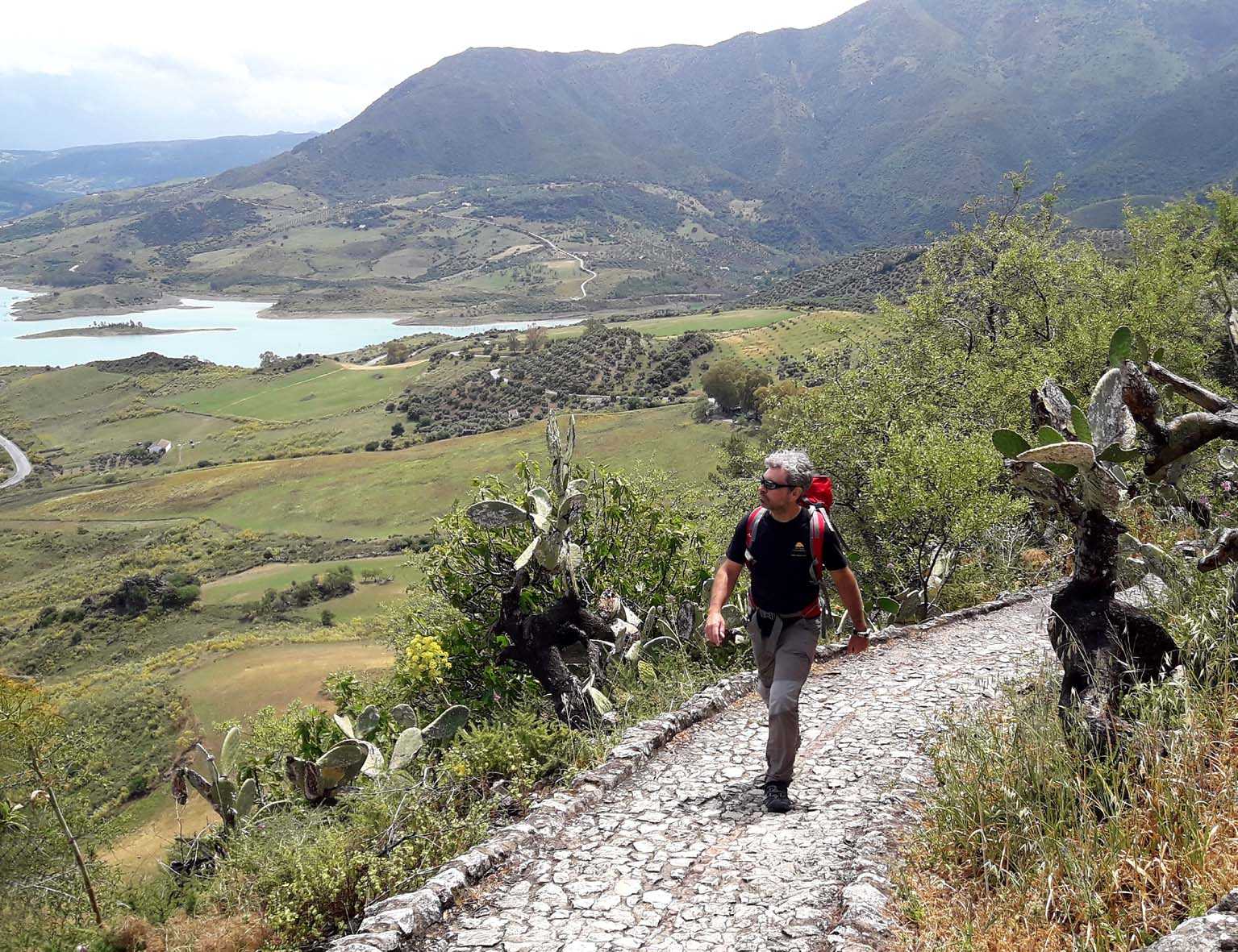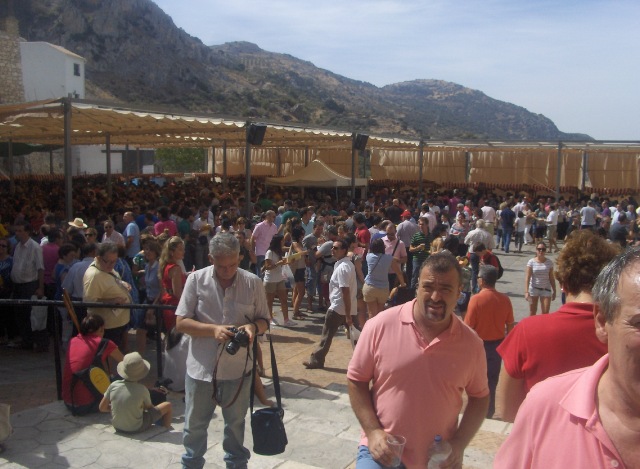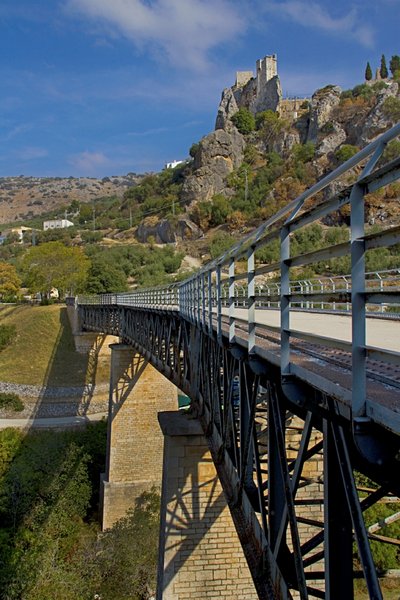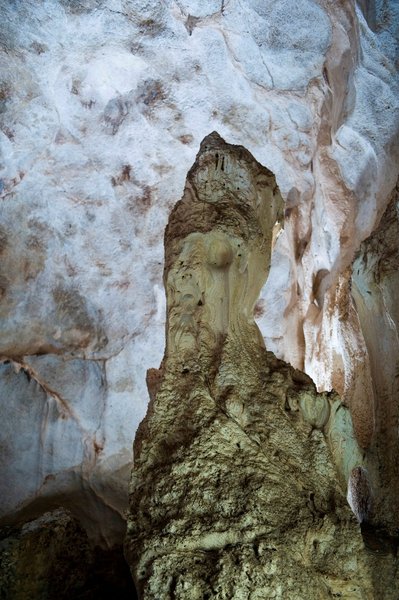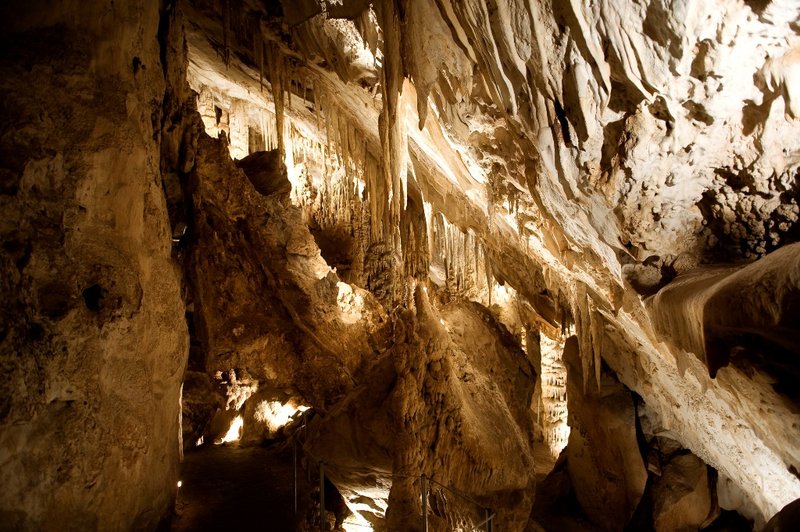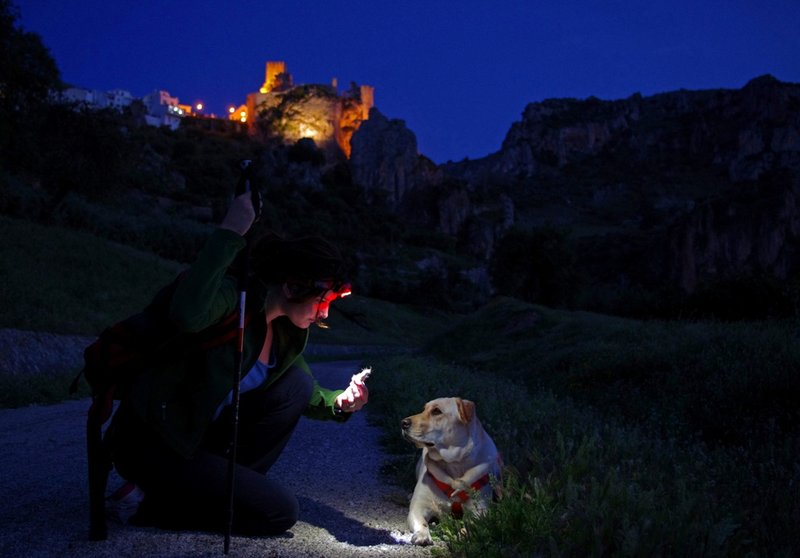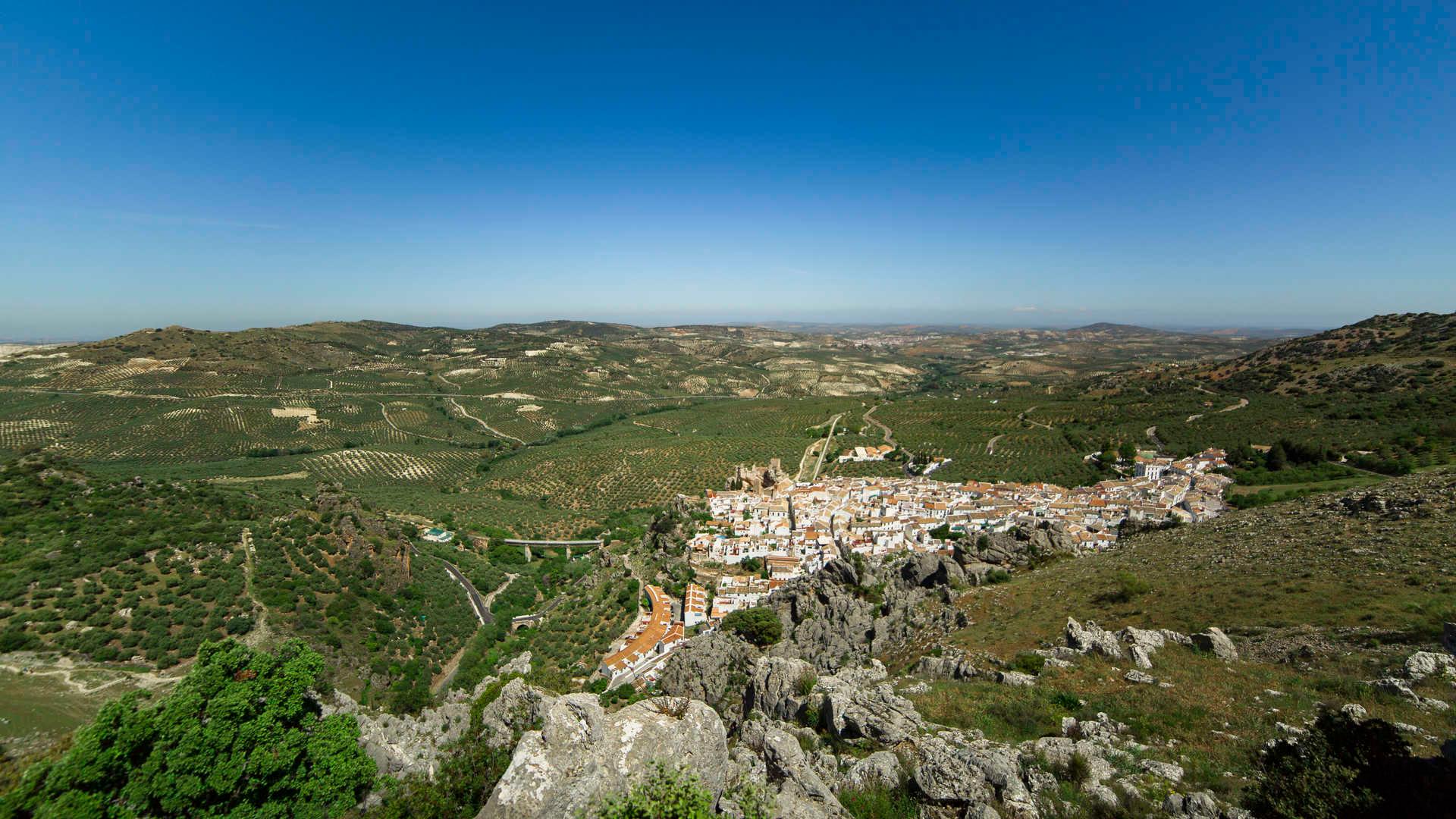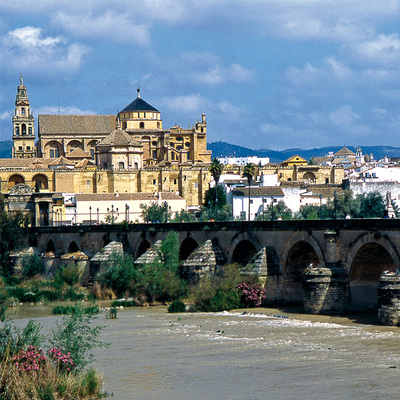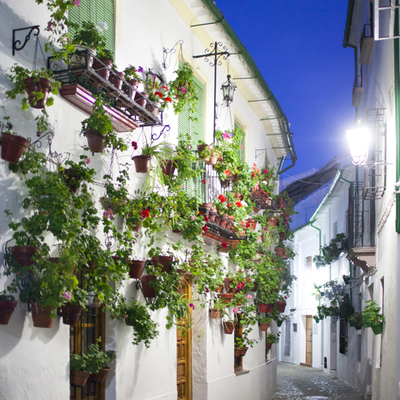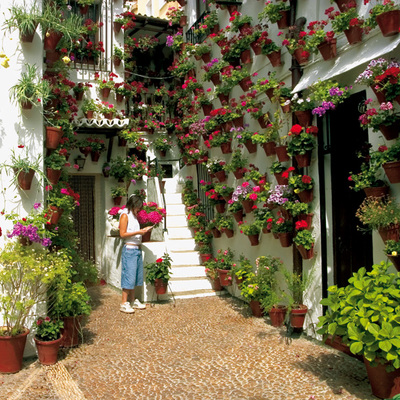Cueva de los Murciélagos
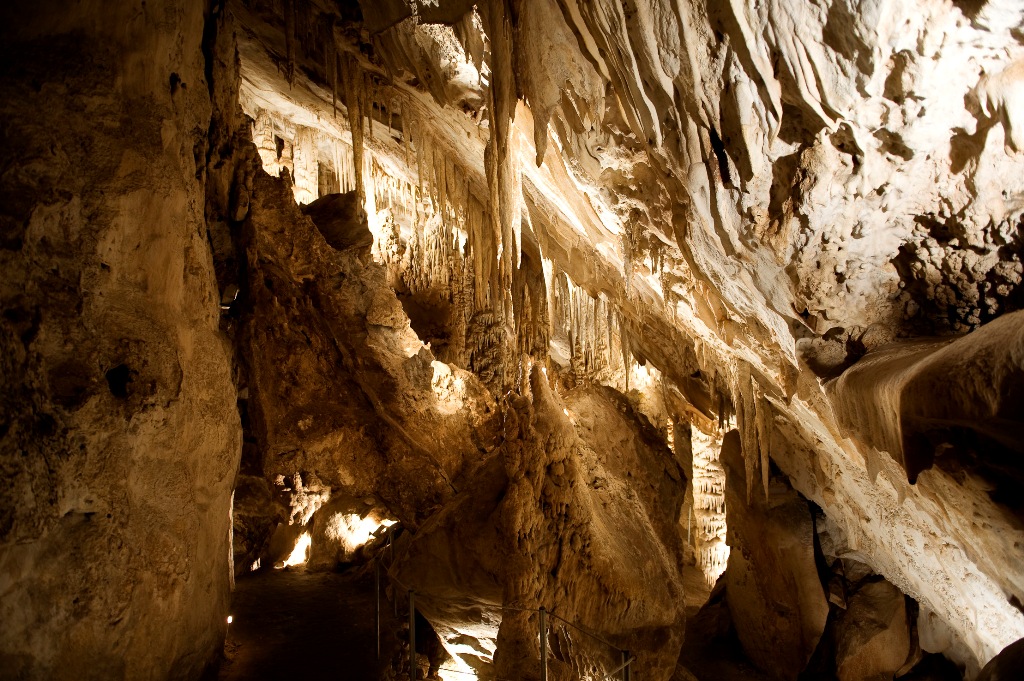
Los Murciélagos Cave is close to the village of Zuheros and was inhabited from the mid-Paleolithic period through to Roman times. It is almost 1,000 metres high and some two kilometres in length. It is one of the largest caves in Córdoba province and one of the most beautiful sites in the Sierras Subbéticas Nature Park. The deepest galleries of the cave are still home to various species of bat ("murciélago" in Spanish) which give the cave its name.
The origins of the cave are associated with a major fissure and the subsequent collapse of rock. Here the water runs over limestone materials giving rise to small lakes and spectacular karst formations. Special mention should be made of the "Formations Hall", with a huge stalactite called the asparagus, and the "Organ Hall", which has a wall covered in complex, beautiful rock formations.
This cave is a very important Neolithic site within Andalusia, and the first one with art from the Upper Palaeolithic, leading it to be designated a Cultural Property. Other vestiges have been found in this cave such as tools, bones and "almagra" ceramics, which take their name from the red colour of "almagro" (iron oxide).




